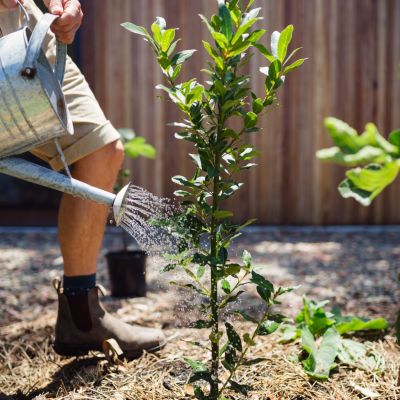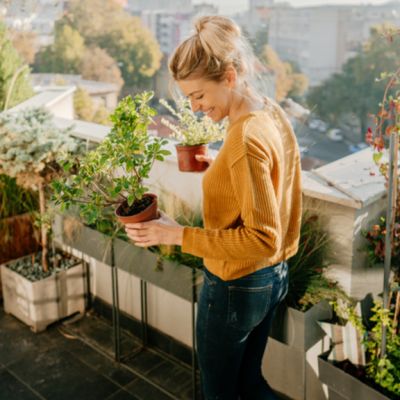How to prevent the most common pests from ruining your garden
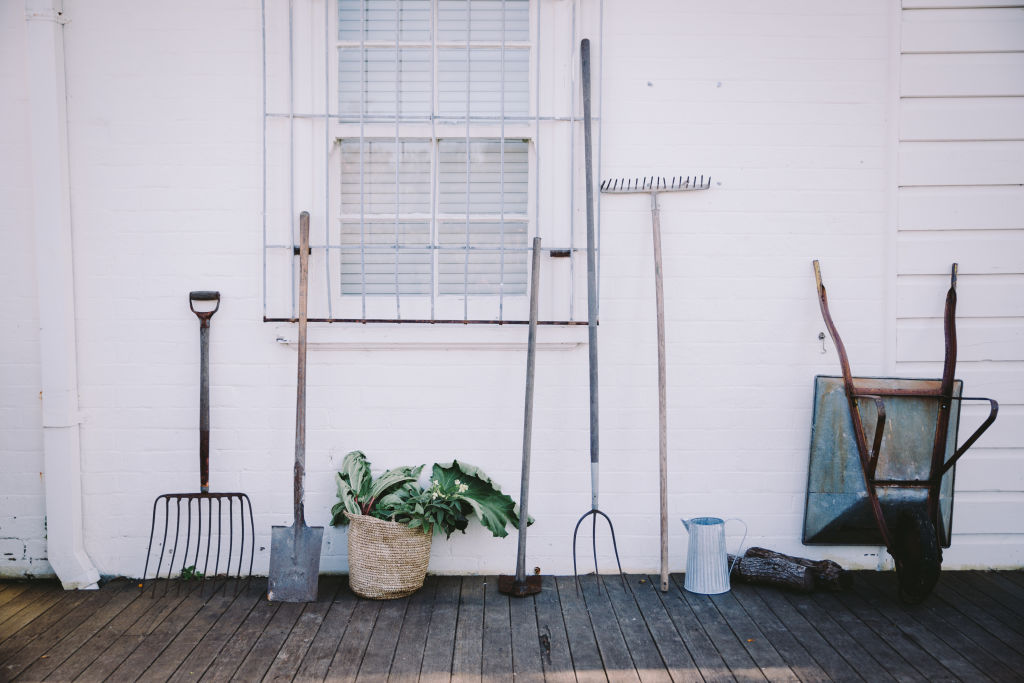
A garden should be viewed as a mini ecosystem, a place that’s alive with an array of living organisms. In our pursuit for the ultimate productive garden, we often forget the importance of life in the many layers of this ecosystem.
When aiming for a pest-free garden, don’t forget that not all bugs are created equal, and it’s incredibly important to retain a large array of insects and bugs for a healthy, thriving ecosystem for your plants to grow.
Points to consider
Healthy foundations
Your first focus should be healthy soil as the foundation – remembering that plants are only as healthy as the soil they are growing in. Buying quality soil and/or improving your current soil to suit the nutritional requirements, drainage and pH of the plants you want to grow are the first steps to a thriving garden.
Choose right
Always choose plants that grow naturally in your appropriate climate zone. This will save you the heartache of watching them keel over and succumbing to pest and disease due to excessive heat, cold, frost, humidity, salt air or wind.
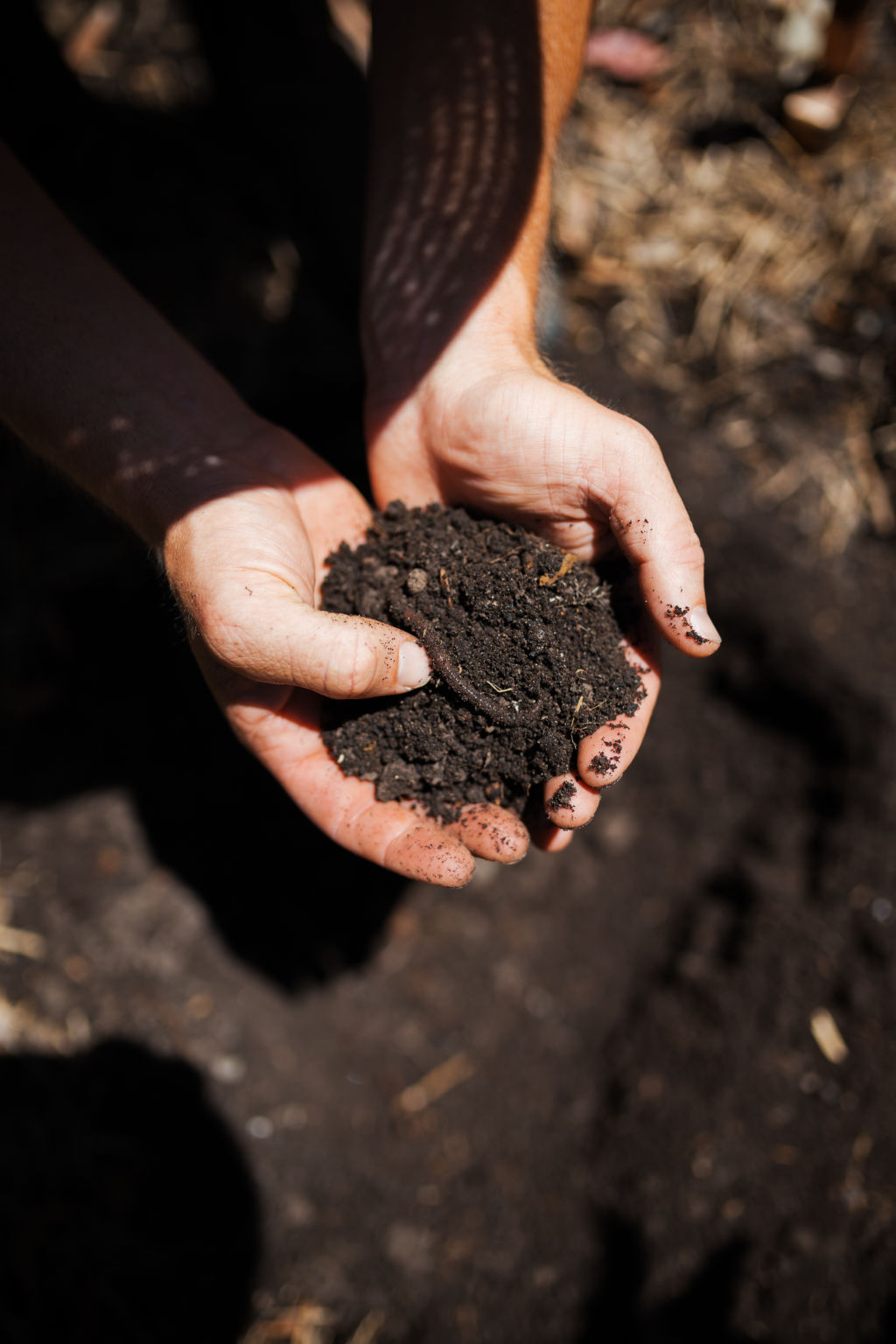
Seed packets will give you an indication of sowing times for each growing zone. Edibles planted outside of their climate zone or planting time will be weak and unproductive, therefore vulnerable to being attacked by pests and disease.
Ask for help
Plants from nurseries will give you basic planting requirements (sun to part-shade, moderate water, well-drained soil etc). Make the most of the staff’s knowledge there, and ask for more information to ensure your plants will be happy on your sunny balcony, shady courtyard or beachfront property. A plant’s position in the garden where it has adequate light, water, soil, nutrition, and shelter will allow it to be the best plant it can be, naturally fighting off most pest and disease attacks.
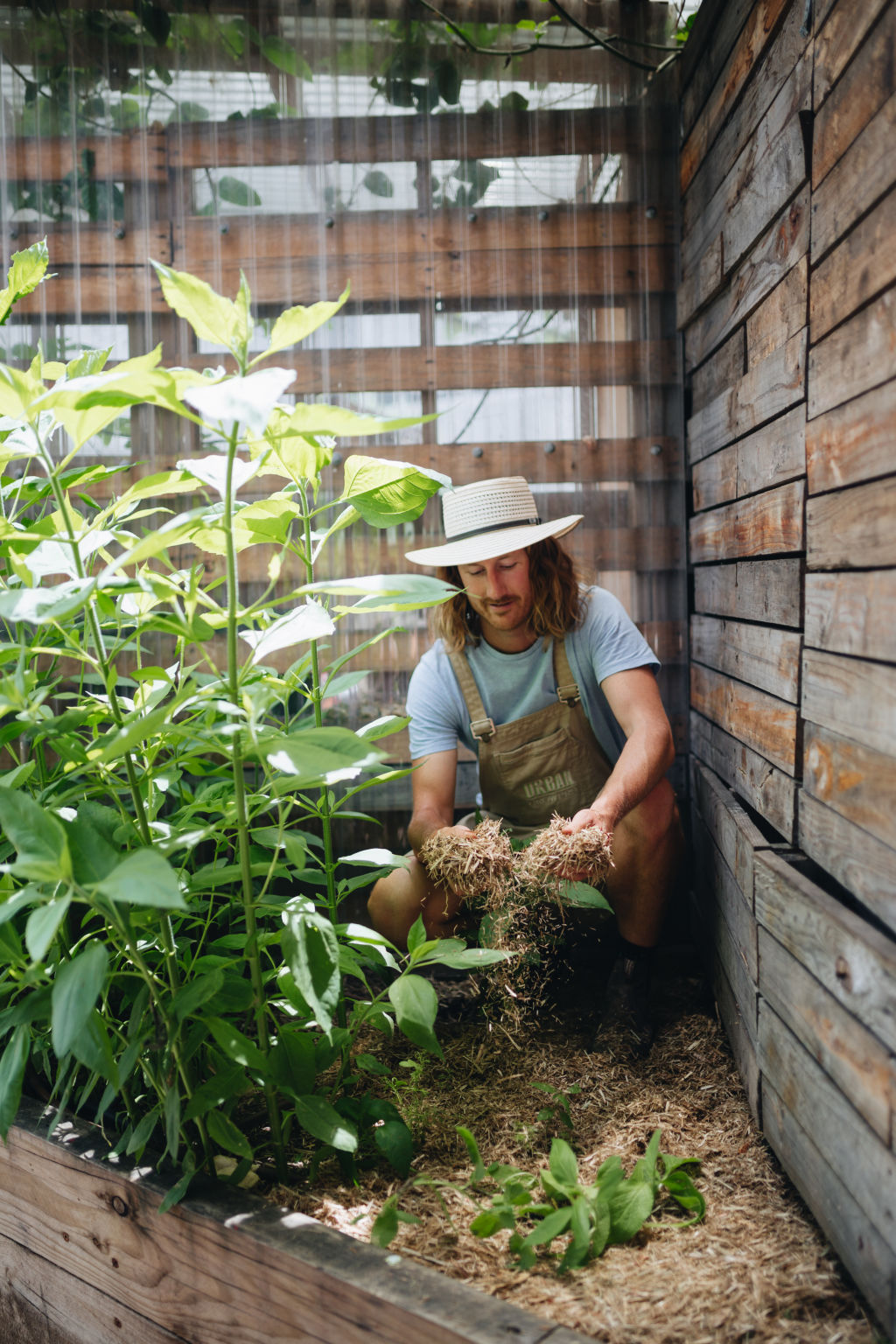
A diverse variety of flowering plants will attract beneficial insects which, in turn, helps to keep pest insects in balance. Many insects as well as lizards, frogs and birds help keep pest numbers in check. Using harmful herbicides and pesticides will negatively impact balance and biodiversity in the garden.
Large pests
Despite all of this, however, even the very best gardener with thriving plants will still encounter some pest battles. Depending on your region, you’ll have your common pests – deer, possums, birds, bats, rats and other large animals who love new leaves, flowers and fruits. For these guys, we often create physical barriers for edible gardens and fruit trees.
Small pests
For insect pests and disease, the defence list is long, but it is important to accurately identify the culprit and the cause first. Google images is a useful tool, or simply take a photo into your local nursery. Remember that an organic solution is your best bet.
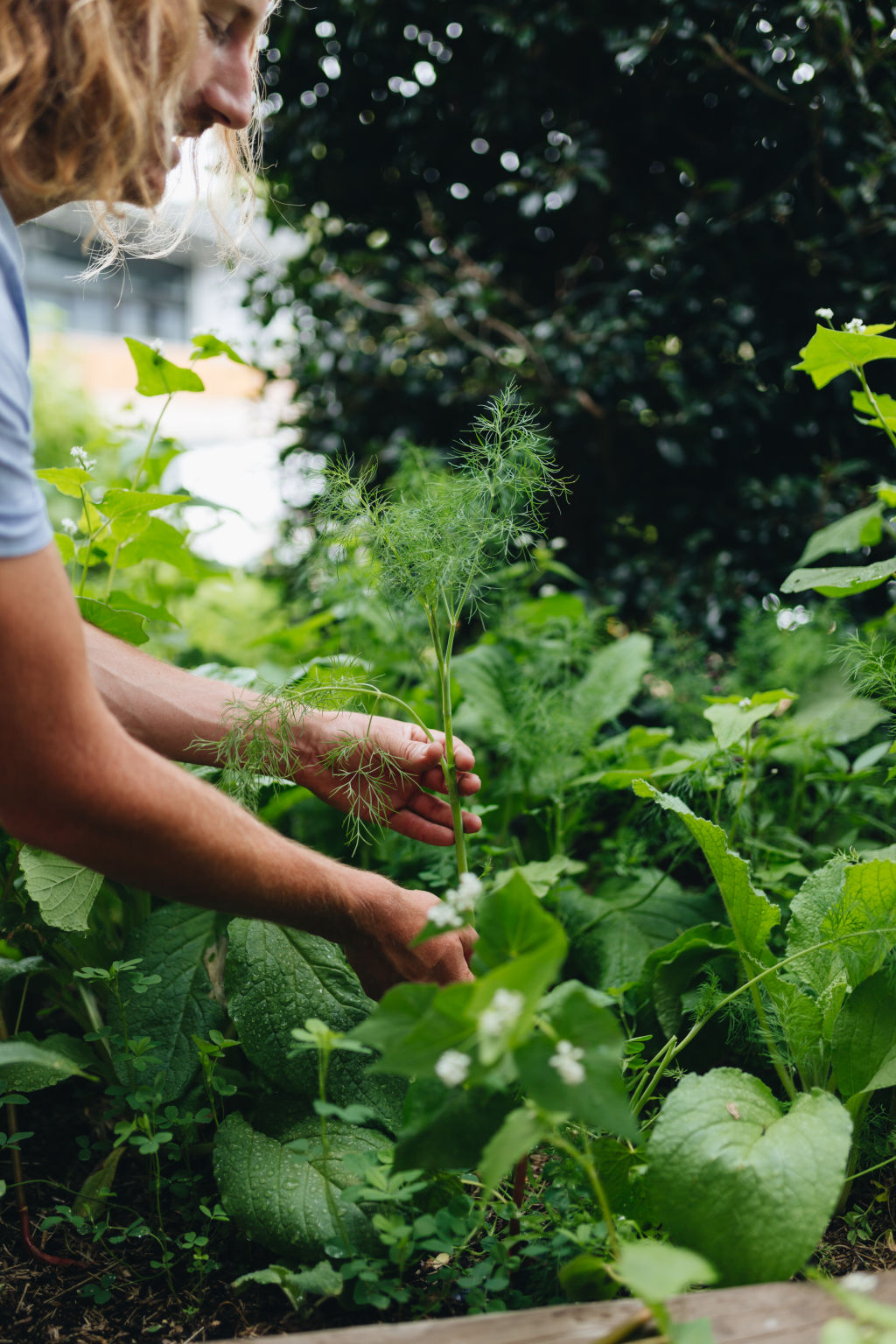
Go-to products
At a minimum though, it’s worth having a couple of go-to products in your toolkit. We recommend oil-based sprays for the common chewing and sap-sucking pests. Dipel is great for caterpillars and safe on edibles. Use Diatomaceous Earth or beer traps for slugs and snail control while fruit fly traps and an eco fungicide spray are both useful to have on hand. Eco organic garden has more specific information and products, they even have live bugs to release into your garden if you need an activity to lure the kids outside again!
We recommend
States
Capital Cities
Capital Cities - Rentals
Popular Areas
Allhomes
More

